If the PlayStation 2 took the ball and ran with it, the original PlayStation can be credited with pretty much creating the ball in the first place. Nearly every subsequent console, regardless of manufacturer, has taken influence from the PS1’s enormous and esteemed legacy, Sony’s masterpiece shaping the gaming landscape as it battled it out against the Nintendo 64 and, to a lesser extent, the SEGA Saturn.
The PS2 may have eclipsed its older brother in terms of sales, but that’s no reason to consider the original Sony console as somehow less deserving of reverence. The PS1 was truly instrumental in catapulting games into the mainstream public arena, helping to take the industry away from the realm of the arcade and firmly into the domestic sphere. Birthed here were some of the most influential, important and beloved brands in gaming, from Tomb Raider to Metal Gear Solid, Resident Evil to Spyro and Crash Bandicoot. This was the genesis for so much gaming greatness.
At a time of experimentation and innovation, a few gems have inevitably fallen through the cracks and become lost to time. With this list of the most underrated PS1 games, we hope they can be found and enjoyed once again.
1. Psychic Force
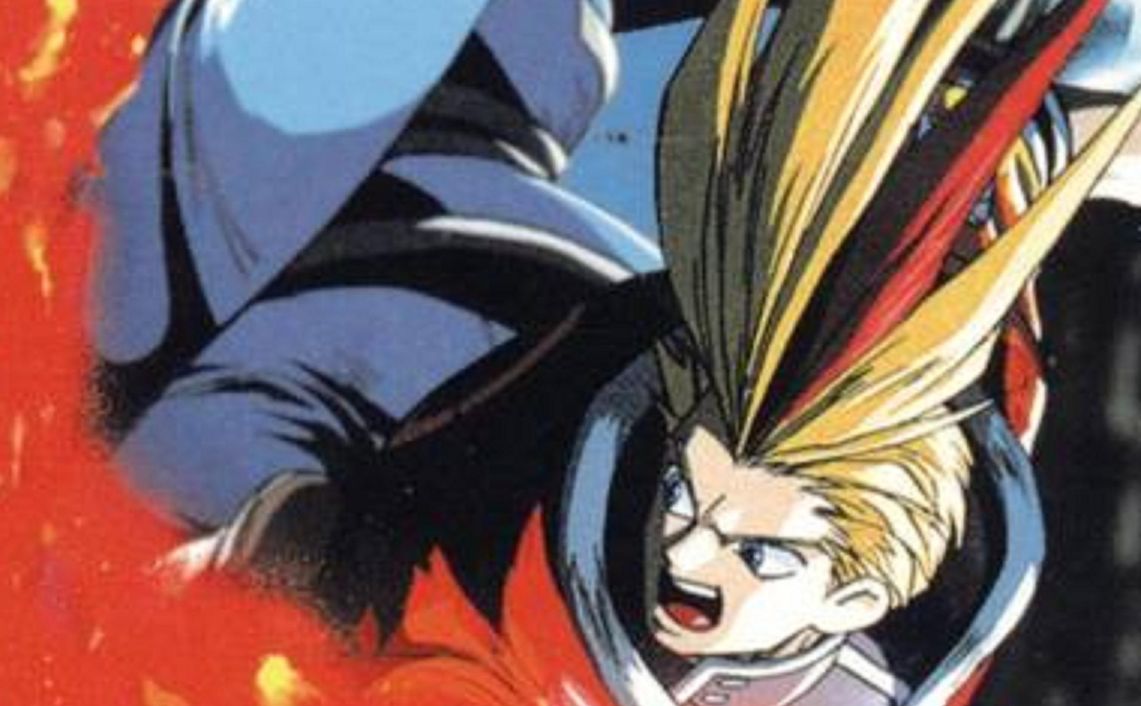
Developer: Taito
Publisher: Taito (JP), Acclaim Entertainment (NA, PAL)
Lots of games during the PS1 era had ‘Force’ in the title, but few were as underrated or underappreciated as novel 90s fighting sim Psychic Force. Originally an arcade game, Psychic Force was ported to the PlayStation in 1997, a transfer that did little to diminish the charm of Taito’s ambitious if deeply flawed take on one of the 90s’ most popular genres.
Instead of the standard underground fight clubs and pristine dojos that usually made pleasing backdrops to two burly men kicking one another in the head while shouting incomprehensible catchphrases, Psychic Force’s action is framed by a cube-shaped magical force field. What set the game apart was that fights occurred not only from left to right but also up and down as players floated up, down and across the screen and proceedings tended to look like a brawl had broken out inside an indoor skydiving facility.
It isn’t the perfect game, hampered occasionally by a lack of proper depth and some pretty dreadful dialogue, but what Psychic Force does have is charm and novelty, its fun twist on the format bringing something new to a genre that was in danger of going stale.
2. LSD: Dream Emulator

Developer: Asmik Ace Entertainment
Publisher: Asmik Ace Entertainment
They say that a picture is worth a thousand words, so following that logic, LSD: Dream Emulator is like stitching together War & Peace, Moby Dick, The Iliad and that one overly verbose speech from the old guy in the second Matrix film. It’s a lot to take in visually, is what we’re trying to say. It is supposed to be a dream emulator though, and we’ve all had those dreams where you wake up thinking “what the hell was that?”, so imagine an entire disc of levels like that and you’re about there.
There’s no real goal or objective to complete in LSD: Dream Emulator. You’re literally exploring bite-sized dreams that are about 10 minutes in length, in which you can stumble upon anything from dancing rabbits to a live sumo match. Originally, this bonkers and original title was only available in Japan, but in the past few years, dedicated modders and fans have released an English translated version which is available via emulation.
3. Wild 9
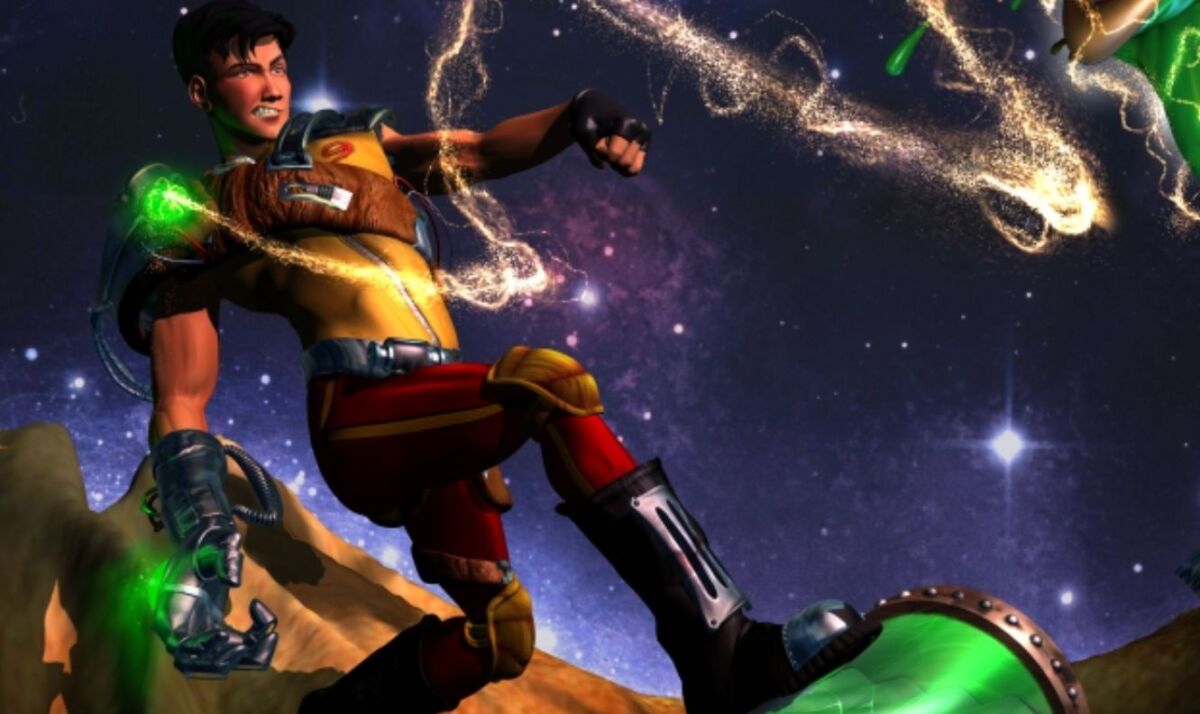
Developer: Shiny Entertainment
Publisher: Interplay Productions
Shiny Entertainment may have built a reputation and ultimately a legacy on profound weirdness, MDK and Earthworm Jim in particular highlighting the now-defunct American studio’s capacity for out and out surrealness, but they were never a developer to let quirkiness get in the way of quality.
Designed by David Perry, the same man who worked on the original Earthworm Jim in 1994, Wild 9 was a sort of 2.5D platform adventure that took many of Shiny Entertainment’s offbeat sensibilities and transposed them into an adventure platform that was as boldly individual as it was punishingly difficult.
Following the brilliantly-named Wex Major as he navigates his way through a strange new galaxy making eccentric friends and forming the game’s titular group, Wild 9 was never quite as polished or cohesive as Earthworm Jim or its many sequels, but it’s well worth digging out for anyone who can’t get enough of the sort of quirky humour that made Jim a household name. Cartoonish, fun and with an identity all of its own, Wild 9 is easily one of the most underrated PS1 games ever made.
4. Vib-Ribbon
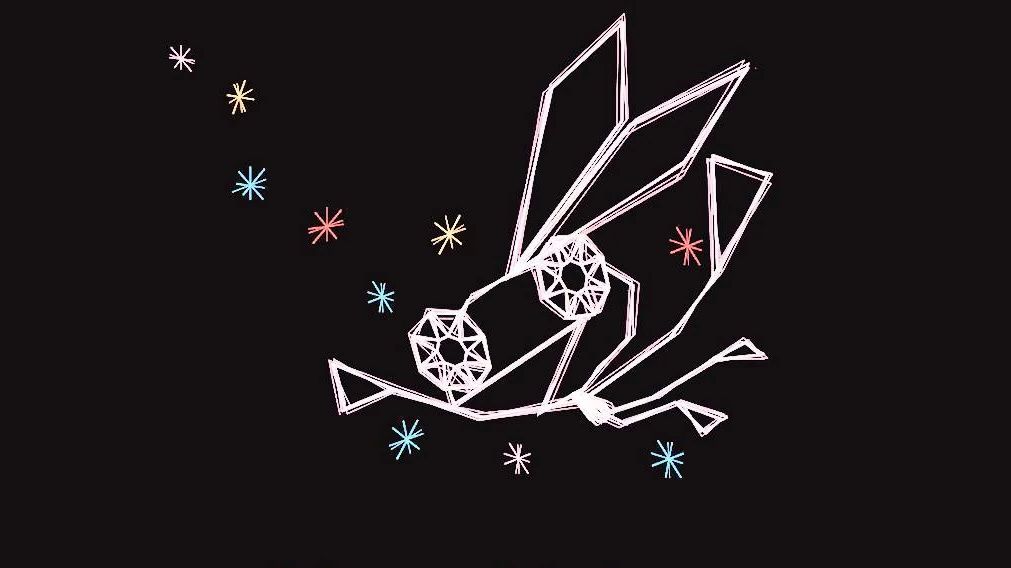
Developer: Nana-OnSha
Publisher: Sony Computer Entertainment
The PS1 was a trailblazer in a lot of ways. Sony’s first stab at the console market, the first PlayStation pioneered discs in a medium still focused on using cartridges, while the DualShock controller has become the blueprint that many console and controller manufacturers have tried to replicate in the years since. One neat feature that’s a bit more obscure is how various games used the CD playing function in-game, with the most famous probably being Monster Rancher. You put in a CD, you’d get a weird monster. What’s not to love?
However, we’re putting the focus today on Vib-Ribbon, a rhythm-action game that actually allowed players to use their own music via CDs, long before you could just make your own custom chart on Clone Hero. After inserting the game’s disc, you were given the option to enter your own CD, at which point Vib-Ribbon would create rhythm-action levels and obstacles based on the music being played. In a way, it’s one of the first interactive music visualisers, which is pretty cool.
5. Fighting Force
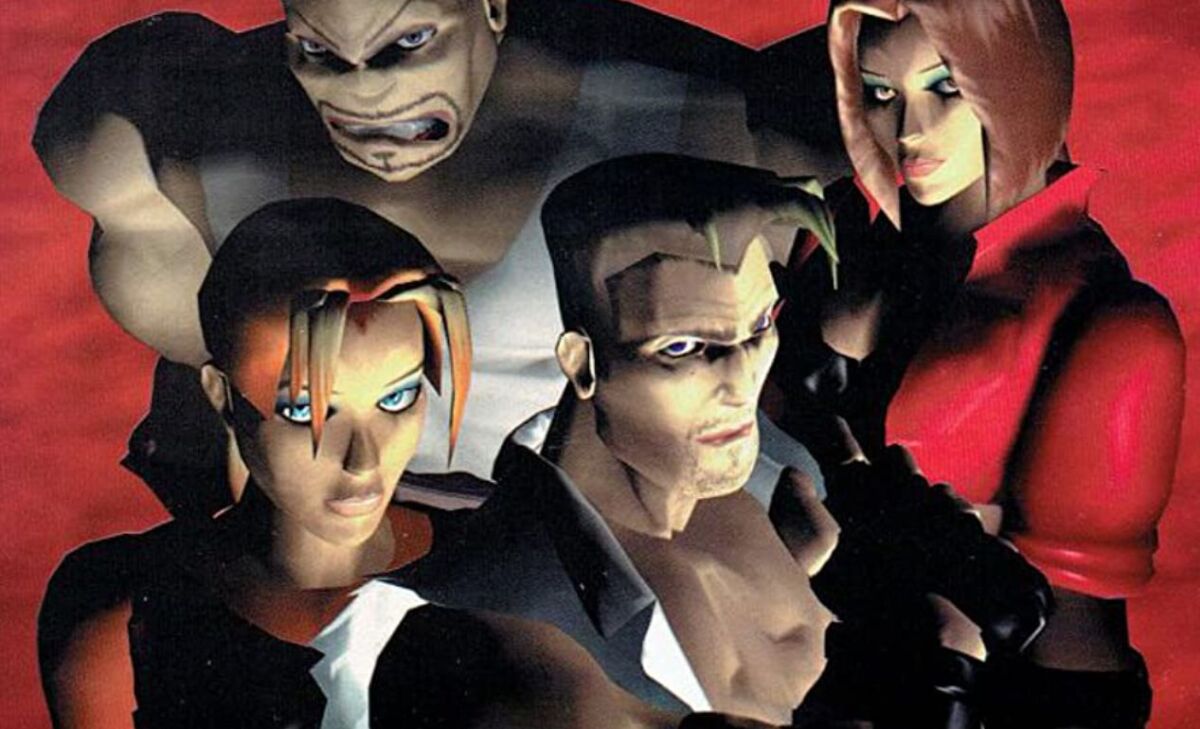
Developer: Core Design
Publisher: Eidos Interactive
Late 90’s beat ’em up Fighting Force debuted at an odd time for the genre as a whole. Beat ‘em up games had enjoyed their initial peak in the 80s with franchises such as Streets of Rage and Final Fight cornering this enjoyably hard-edged corner of the market. The genre would see a resurgence thanks to the likes of Viewtiful Joe and God Hand in the 2000s, not to mention the rise of the hack-and-slash genre, but in 1997, things weren’t looking so rosy.
Perhaps that’s why Fighting Force and its maligned sequel ended up falling between the cracks at a time when the industry was enjoying something of a transition. Situated slap-bang in the middle of a wave that was enduring a trough rather than happily enjoying a peaking crest, Fighting Force’s tale of a brave crew of fighters taking down a criminal mastermind by punching everything in sight failed to generate much critical or commercial attention.
That all said, the first Fighting Force game is something of a lost classic, a satisfying brawler that gives you everything you could want from a fighting game released back in the 90s. It was never exactly revolutionary in terms of its characters, plot or setup, but for being one of the first brawlers to really translate the action from 2D to 3D, Fighting Force deserves more attention than it ever actually received.
6. Tobal No. 1
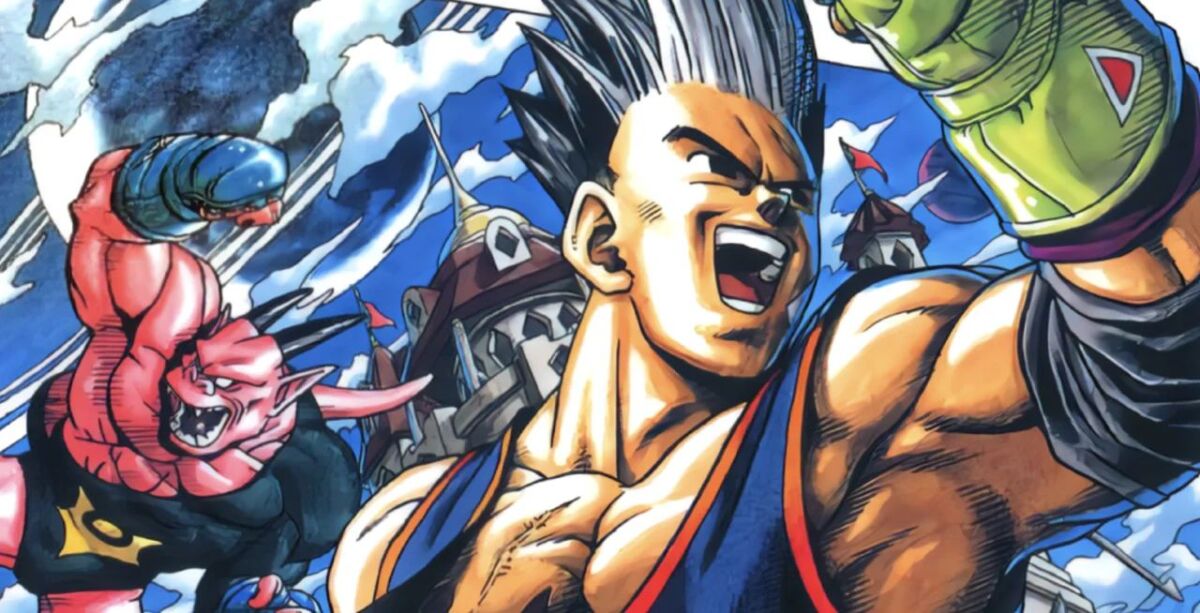
Developer: DreamFactory
Publisher: Square, Sony Computer Entertainment
The PS1 boasts probably the best library of fighting games in gaming history, not including current platforms anyway. So many classics have made their home on Sony’s big gray box, including Tekken 3, Marvel Vs Capcom, Street Fighter Alpha 3, and that barely covers all of the absolute bangers you can play. While some of the more underrated games include Battle Arena Toshinden and Ehrgeiz: God Bless The Ring, Tobal No. 1 definitely deserved more attention.
A 3D fighter with characters designed by the late, great Akira Toriyama, Tobal No. 1 allowed for full freedom of movement during a battle, with a wide range of attacks and even a grappling system for fans of suplexing people all over the place. There was even a Quest Mode, which expanded the regular gameplay into a 3D dungeon crawler, with players unlocking new characters by defeating them in this mode. Of course, there was no save file for this mode, so you either got good at the opening fights quickly, or quit altogether.
7. Bloody Roar
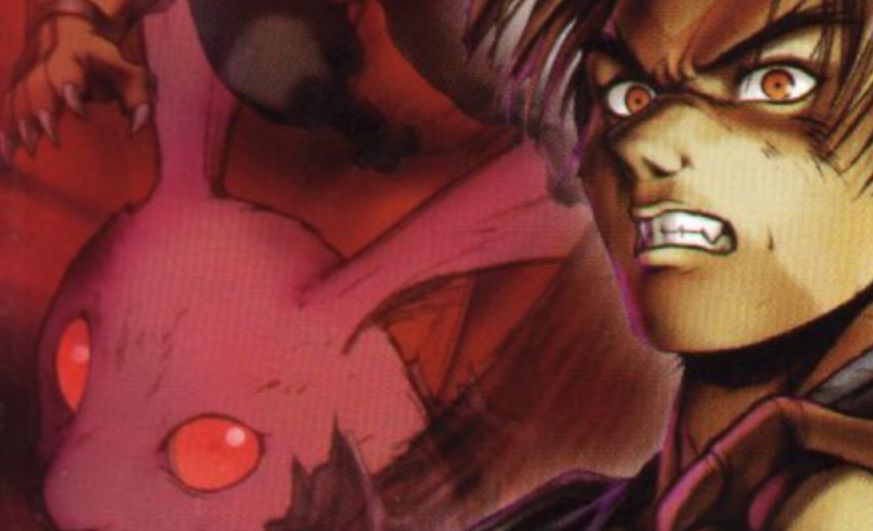
Developer: Hudson Soft
Publisher: Hudson Soft (JP), SCEA (NA), Virgin Interactive (Europe)
The games market has always been one brimming with competition. The fighting game niche has for a long while been sewn up by a couple of major properties, most of which debuted when you still had to go to an arcade and part with your hard-earned quarters if you wanted a safe place to roundhouse your best mate using a character with the head of a leopard.
Tekken, Street Fighter, Virtua Fighter, Mortal Kombat — these are the names that have become household, around forever and certainly not going anywhere anytime soon. Little wonder, then, that with such heavyweights dominating the arena there wasn’t much room left in the ring for a new contender looking to shake up the established order.
What Bloody Roar did have on its side was the novelty factor, building itself around the concept of having a group of fighters capable of transforming into a variety of animals in combat. Coupled with polished gameplay and enticing design, Bloody Roar managed to just about hold its own, going on to spawn three sequels (including another on PlayStation) up until 2003. Sadly, however, it could never quite muscle in on the big boys’ racket, now only remembered as one of the most underrated PS1 fighting games you’ve likely never played.
8. Legend of Legaia

Developer: Prokion, Contrail
Publisher: Sony Computer Entertainment
It must have been ridiculous to have been an RPG development team working on a PS1 release, as it’s a console library that boasts a real murderer’s row of RPG hall of fame picks. Final Fantasy VII, Vagrant Story, Suikoden 2, Wild Arms, Parasite Eve; those games alone are barely scratching the surface of the excellent RPGs on the platform, so it’s no wonder that games like Legend of Legaia manage to fall through the cracks. It’s a shame, as Legaia’s approach to combat makes it one of the most unique games on Sony’s first platform.
Set in a world where magical beasts called Sera have been corrupted by a mysterious mist, Legend of Legaia thrusts you into the shoes of Vahn, a hero who’s able to summon a special kind of Seru and cleanse the mist. What makes Legend of Legaia so interesting is its approach to turn-based combat, as instead of picking an action from a menu, you input a series of attack commands to create special sequences called Arts. Players can chain these commands together to devastate opponents, creating an experience that;s still incredibly unique.
9. Galerians
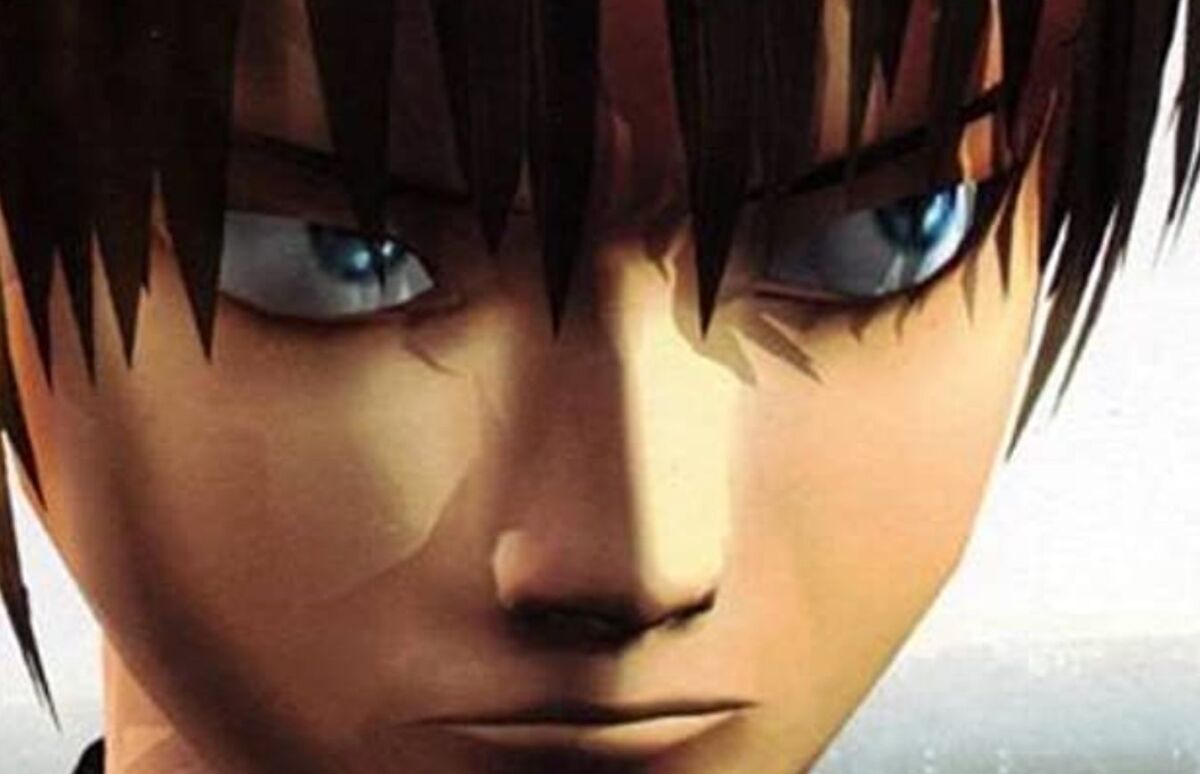
Developer: Polygon Magic
Publisher: ASCII Entertainment (JP), Crave Entertainment (WW)
Galerians isn’t perhaps the most enticing, intriguing or enigmatic title for a game, but you can’t help but feel it might have sounded better in its original Japanese. Polygon Magic’s survival horror tells the story of Rico, a boy with psychic powers who awakens to discover that he’s the only one capable of halting the advance of the game’s eponymous genetically advanced humanoids.
Thanks to its clear creative debt to the Resident Evil games, Galerians does end up suffering from many of the same issues that threatened to undermine the excellence of Capcom’s iconic franchise, namely some rather wonky cutscenes, cliched storytelling, and visual and sound design that could never quite match the tone the game was trying to set.
Still, for a game that came out in 1999, Galerians doesn’t do a bad job of telling its oddball story, doing enough to earn solid reviews and even spawn a sequel in the shape of Galerians: Ash for the PS2. For fans of the horror genre looking back into the past, however, you can’t help that Galerians will continue to be overlooked thanks to the overwhelming nature of Resident Evil’s colossal shadow.
10. Tail Concerto
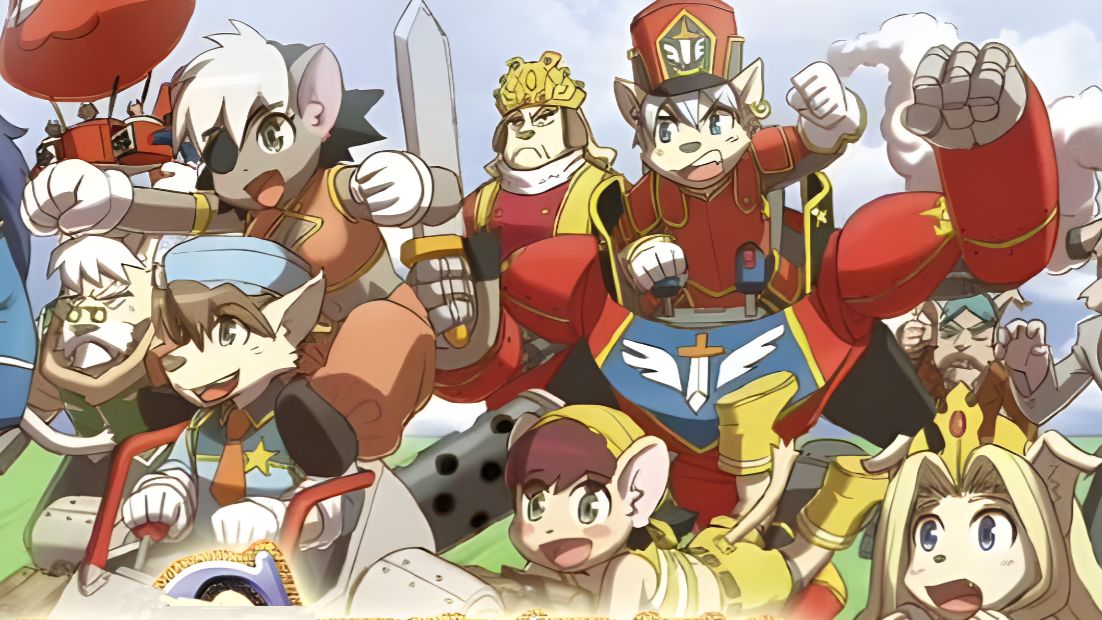
Developer: CyberConnect
Publisher: Bandai, ALTUS USA
A dark horse contender for the PS1 game most eligible for a remake or remaster, Tail Concerto was CyberConnect2’s first attempt at marrying cute animals with mechs in a series referred to as Little Tail Bronx. While it’s an idea that the Japanese devs would revisit over the years, it would take their fourth entry, Fuga: Melodies of Steel, for the LTB series to really gain more mainstream attention. Now that Fuga is barrelling towards a third game in that sub-series, maybe now is the time for Tail Concerto to have another go.
Years and years before Paw Patrol, Tail Concerto lets you play as a canine cop with the remarkably adorable name of Waffle Ryebread, who comes into conflict with a group of sky pirates known as the Black Cats Gang. Unlike the RPGs in the Little Tail Bronx series, Tail Concerto is more of a platformer, with players traveling through levels trying to rescue kittens and trying to stop the Black Cats Gang from stealing ancient crystals. Low sales in Japan might have stopped Tail Concerto from gaining more notoriety, but it’s never too late for a second chance.
READ NEXT: 10 Most Underrated PS3 Games You Should Play
Some of the coverage you find on Cultured Vultures contains affiliate links, which provide us with small commissions based on purchases made from visiting our site.
